Texas Legend: Jim Hall and his Chaparrals
“There’s Always a Better Way.” The Official Biography
 by George Levy
by George Levy
“So imagine the effect when into this scene strides this straight-backed, tight-lipped Stetson-wearing Texan who carries himself like an astronaut, commanding a series of cars so advanced they look like they came not from Porsche or Ferrari, but from the NASA Space Center.
Jim Hall made us proud to be Americans. And wish we were all Texans.”
My Christmas present in 1967 was Automobile Year 1967–68. It was a treasure trove of delights, from Ferrari P4 to Eagle-Weslake on track, and from Lamborghini Marzal to Alfa Romeo 33 on the street. But the image most clearly etched into my memory is of the Chaparral 2F blasting through a poppy field on the Targa Florio. To a middle-class teenager in the north of England, the car from Midland, Texas looked like a spaceship—what must it have looked like to the Sicilian who commuted to work on a donkey? George Levy’s 484-page doorstop of a book weighs in at four pounds and tells the story of the man whose vision and innovation changed the face of motor racing.
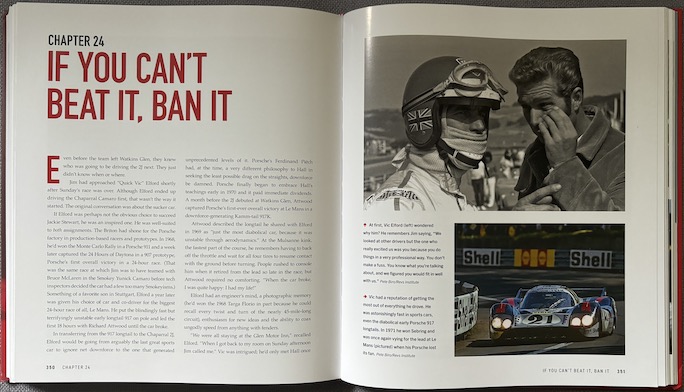
In case you don’t know already which direction this story is headed . . .
To understand award-winning author Levy you have to know that he had come away from interviewing Hall for his 2016 book Can-Am 50th Anniversary: Flat Out with North America’s Greatest Race Series 1966–74 (ISBN 978-0760350218) with the realization that his story had never been properly recorded, but also that Hall (b. 1937) was simply not interested in blowing his own horn.
To understand Hall, the author convincingly argues, you need first to understand that Hall identified as a Texan more than an American. In the chapter entitled Don’t Mess With Texas, the author describes what it meant to be a citizen of the Lone Star State.
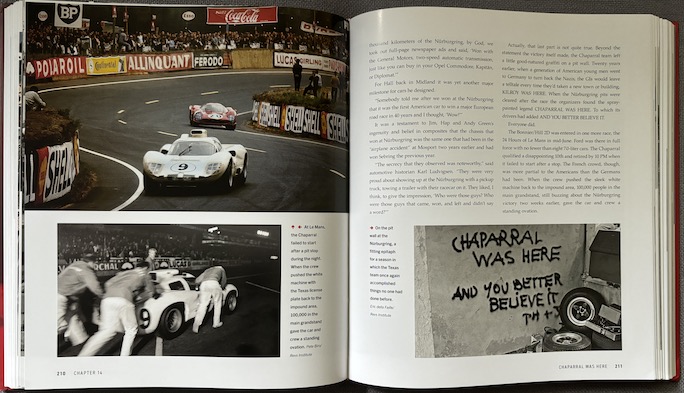
Good-natured graffiti at the Nürburgring, courtesy of the Chaparral team.
Levy describes Hall as the embodiment of the credo that “people unshackled by taxes and unnecessary regulations could accomplish great things and that individuals who dreamed big and were willing to shoulder the attendant risks—God and Texas, victory or defeat—could change the course of history.” Jim Hall had success baked into his DNA, we learn. He came from a formidably tough, smart and entrepreneurial family, and the boy grew up fast, partly through choice— he married Nancy Fishback at 17—and partly through tragedy—he lost most of his family in a British Columbian air crash six months later. And while Hall’s near counterpart, Lotus boss Colin Chapman, was still modifying prewar Austin Sevens, the Texan was flying his own war surplus P51 Mustang.
This book emphasizes the two most important facts about Jim Hall and his cars. That he was a good enough driver to compete successfully in Formula One, and that although Chaparral was an immensely influential race car builder, the fact that the last one is called the 2K means there isn’t even half an alphabet’s worth of cars from Rattlesnake Raceway, Texas. In contrast, Lotus was already up to over 90 model types by the time Chapman died in 1982. The contrast between the two geniuses (I will brook no argument) was profound. The mercurial Chapman had no sooner made a breakthrough (notably with the 25, 49, 72, and 79) before he was in hot pursuit of the next “unfair advantage” in the words that serve as Mark Donohue’s epitaph. Hall was always in relentless pursuit of perfection, and his creativity was underpinned by a Texan work ethic that manifested itself in the hard yards he traversed as he researched, designed, tested, refined, and perfected a series of achingly lovely race cars that looked as good as they drove. And don’t forget the side hustles: GM Skunk works, Trans Am and F5000 team boss, and defender of the Corvair’s honor.
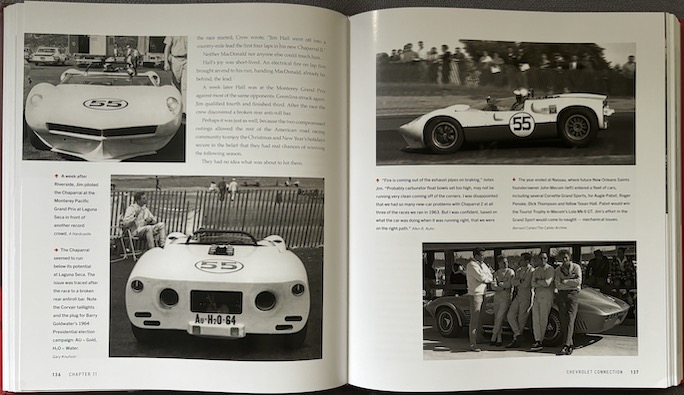
“Texas-designed, Texas-built, Texas-driven”—looking good from every angle. Can you decode the message at the rear (bottom left)? A bit of sneaky sloganeering.
We learn from this wonderfully researched book how the Chaparral ethos was the understanding of aerodynamics and the exploitation of downforce. In his fluid and precise style, Levy takes time to emphasize how Jim Hall’s core mission wasn’t just to eliminate lift (as many contemporaries were doing) but to take a step beyond by creating net downforce. Hall had a physicist’s understanding of airflow but also a visionary spark which illuminated the way forward, from the relatively crude air dam (or splitter in modern parlance) on the Chaparral 2 to the teardrop 2H and the simply astonishing Can Am 2J fan car. He was a serial upsetter of establishment apple carts, as have been his disciples, notably Adrian Newey and Gordon Murray. Especially the latter, whose Brabham BT 46B fan car blitzed the F1 establishment in 1978 and whose T50 road car (also with fan-powered downforce) is wowing the gearhead community in 2024. Those two guys have been almost household names for decades, at least in the United Kingdom and Europe (whom we left, you might have heard?). But Jim Hall exemplifies the message of Mark 10: 32–34, which is to say he remains a prophet without the honor he undoubtedly deserves. Composites construction, aerodynamic downforce, ground effect, and semi-automatic race car transmissions all had their genesis in the race shop located in the hot, arid plains of West Texas. The Ford v Ferrari film introduced a whole new audience to the sports car wars of the Sixties, but how many new fans are aware that it was not the GT40 Mk 2 that first vanquished the European aristocracy from Maranello and Stuttgart, but the Chaparral 2D at the Nürburgring 1000km in June 1966?
The book has nearly 500 photographs, as befits this most photogenic of marques. White race cars rarely look good but, in common with the 1965 Honda F1 car (RA 272), white Chaparrals are arrestingly beautiful and there’s a host of pictures here to prove it. And along with pictures of the catwalk queen Can Am and Sports Prototypes there are quirkier images to enjoy, such as the picture of the Chevy Corvair being stability tested by firing hydrogen peroxide rockets bolted to its flank. No, I didn’t make that up:
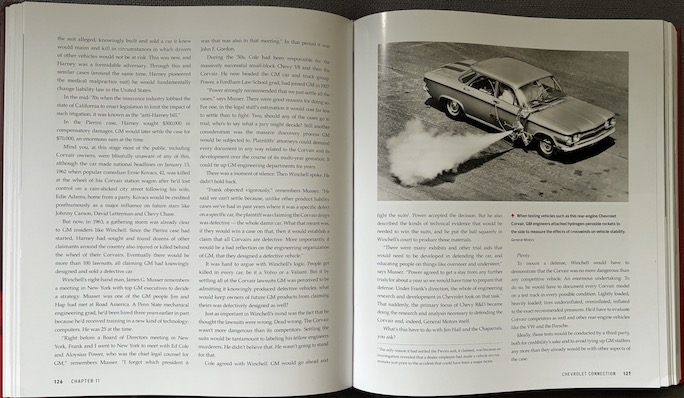
But it’s the images of the people that add flavor and texture to the book. I loved the b/w imagery of this band of tough guys—square jawed, crew-cut Texan racers epitomizing conservative American values and aesthetics. I’d wager that the Chaparral soundtrack was more Patsy Cline than Patti Smith, more Buddy Holly than Buddy Miles.
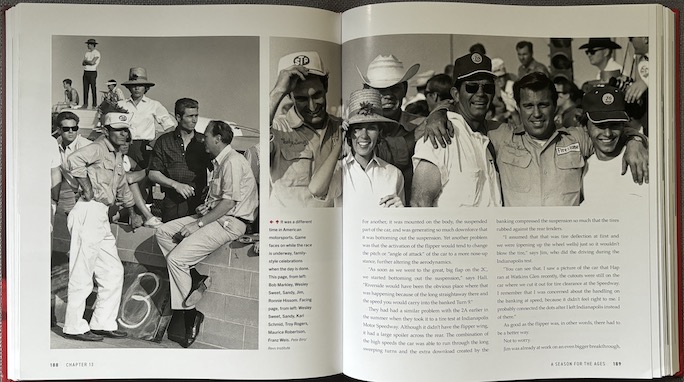
There’s so much to enjoy in this book that it’s not easy to pick a highlight. If pressed, I’d nominate the story of the 2J, arguably the most “out there” race car in history. Two engines, massive downforce and so iconoclastic that, as the author colorfully describes events, “At The [Watkins] Glen the Chaparral had gotten the rest of the field’s attention. After Road Atlanta they were reaching for torches and pitchforks.” And even Hollywood would have rejected the 2J’s origin story as being wildly implausible; in a perfect example of nominative determinism, one of the sparks of inspiration that led to the fan car was a letter written to the team by a young fan in “late 1967 or possibly early 1968, no-one can remember exactly” suggesting the use of—yes!—a fan.
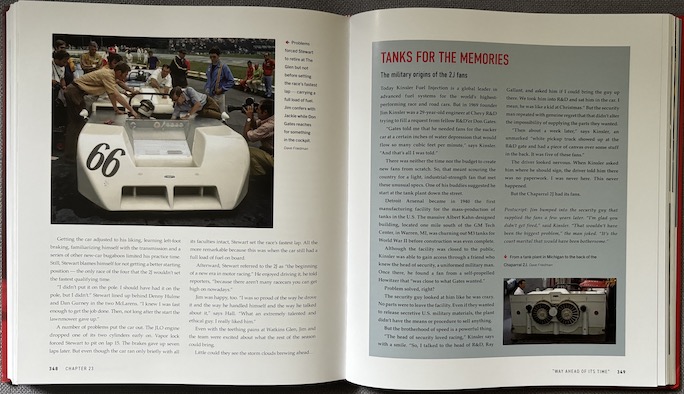
You may know already that the 2J’s fans came from a tank, but this sidebar tells you the hilarious backstory how that happened.
If you’ve read Nick Skeen’s excellent John Barnard biography The Perfect Car, you’ll already know that its subject was even pricklier than usual about the credit—or lack thereof—given to him for the design of the Chaparral 2K. Texas Legend is, of course, “The Official Biography” of Jim Hall and I wondered how, or even if, this potentially choppy water would be navigated. To his credit, Levy doesn’t entirely duck the controversy and recounts Barnard’s displeasure on seeing the words “Jim Hall, Master of Ground Effect” on the Pennzoil billboard near the Indianapolis Speedway. Perhaps the words of the late HM Queen Elizabeth about her errant grandson Harry might be usefully recycled here . . . “Recollections may vary”?
This is a terrific book about a relatively unsung genius of motorsport and I recommend it without reservation. It’s beautifully written, superbly illustrated, and a credit to author and subject. Older readers like your reviewer will enjoy being transported back to their salad days, when news of Jim Hall’s latest innovation illuminated their Autosport almost weekly. And younger readers, especially here in the UK, will come to understand just how Anglo- and Euro-centric the domestic motorsport press (lower and upper case) has been in their GOAT selections. Because the Plymouth Road Runner might have had a cute Road Runner decal but the ur Road Runner came out of Midland Texas. Beep Beep!
The book has an extraordinarily good Index. A portion of the book sales proceeds will go to the Motorsports Hall of Fame of America whose president the author became in 2019. A Jim Hall-autographed bookplate is available from the publisher for $33 (the reason the book itself is not signed is that Hall is in the US and the publisher in the UK).
Copyright John Aston, 2024 (speedreaders.info)


 RSS Feed - Comments
RSS Feed - Comments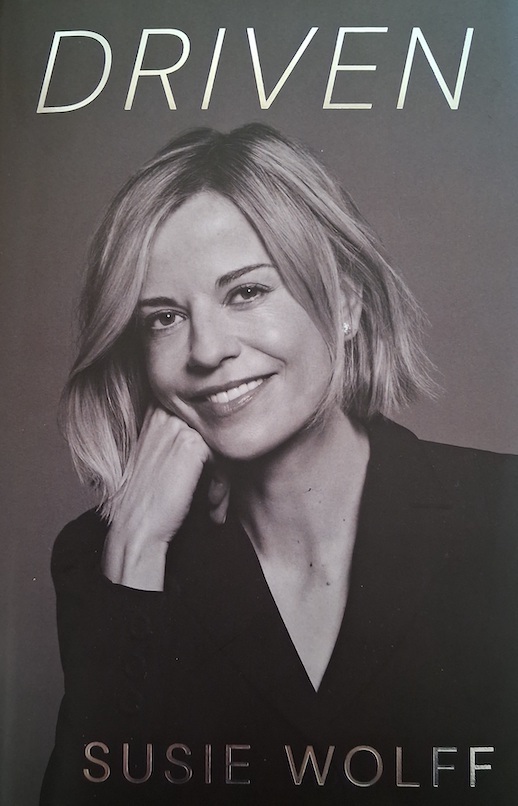

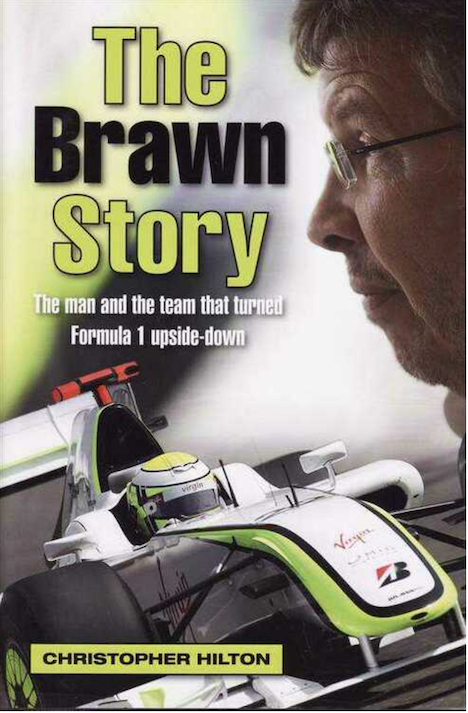
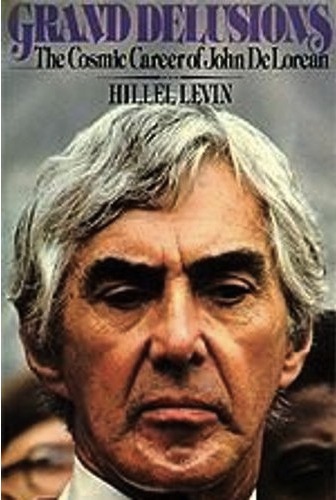
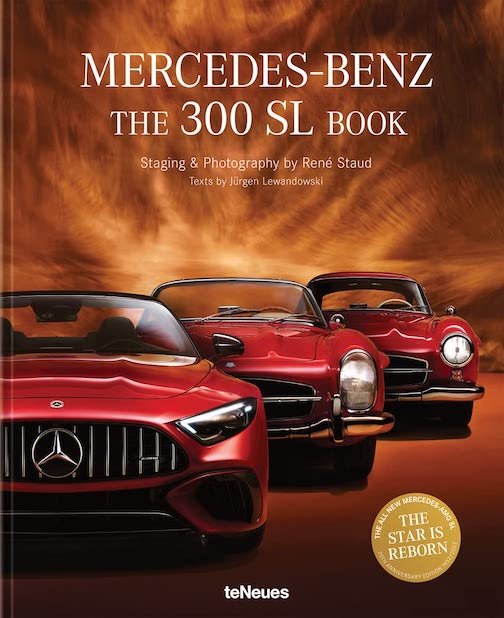
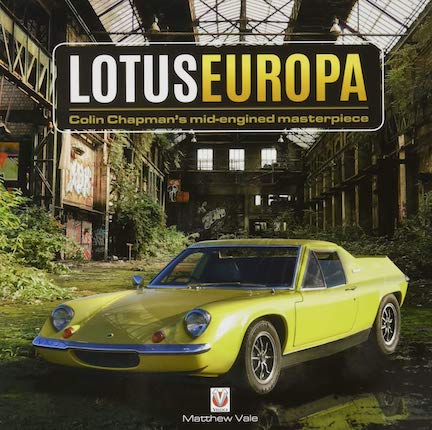




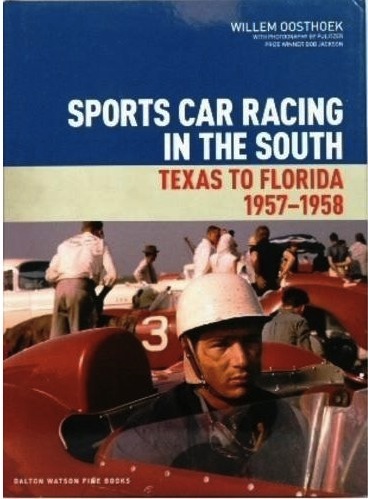

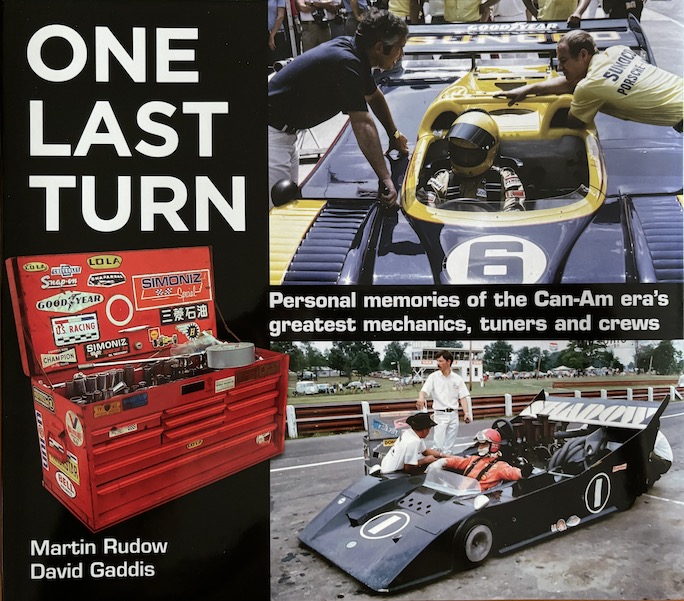
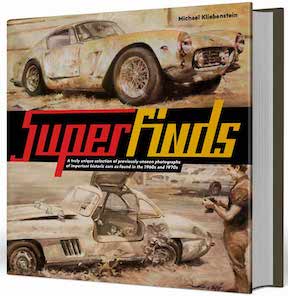

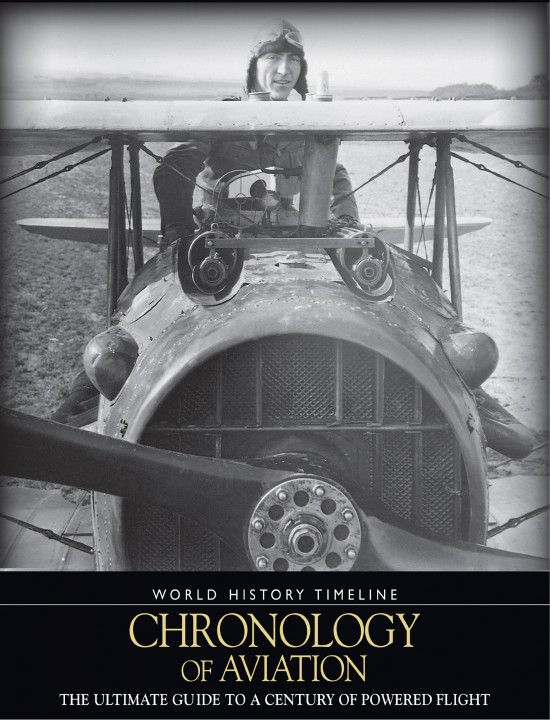
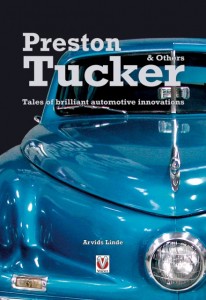

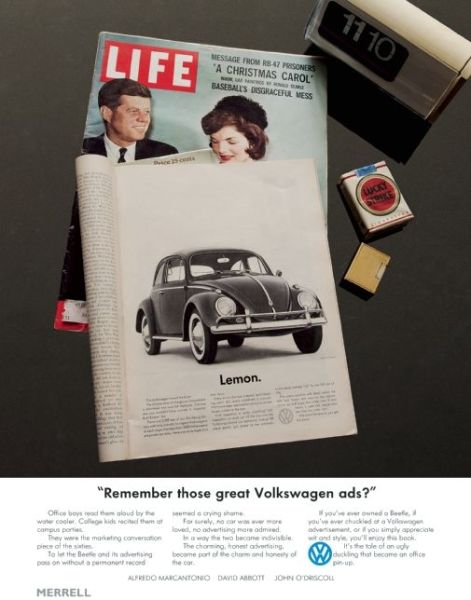

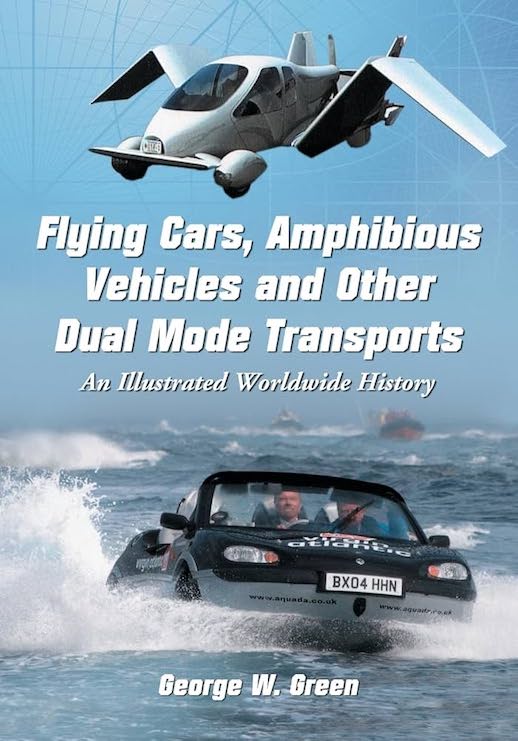
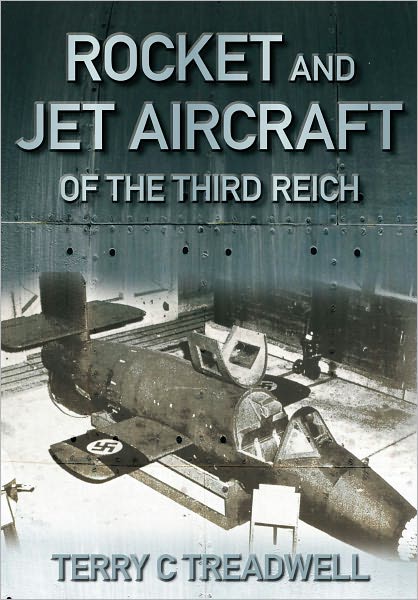
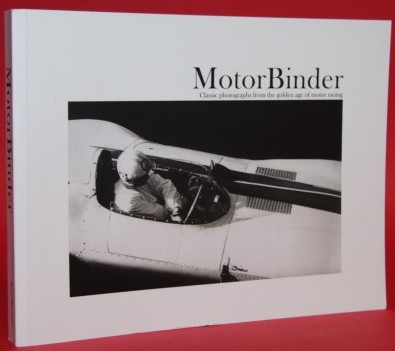
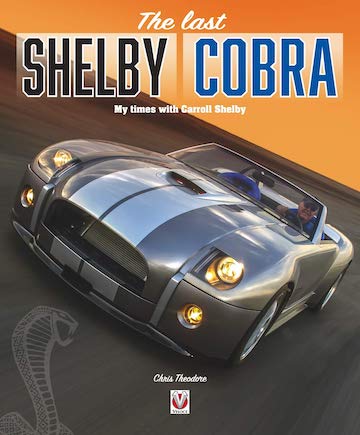
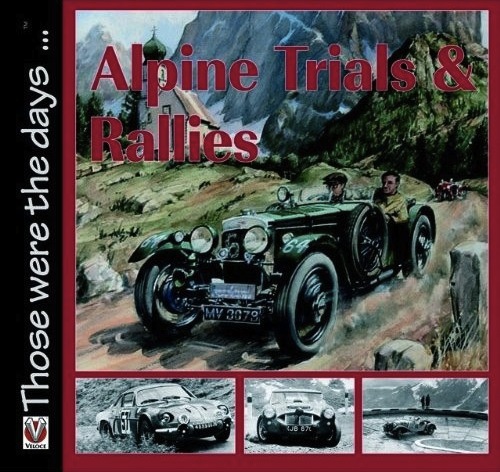
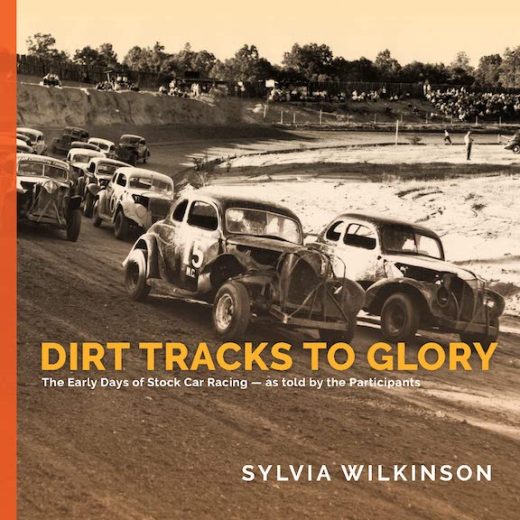
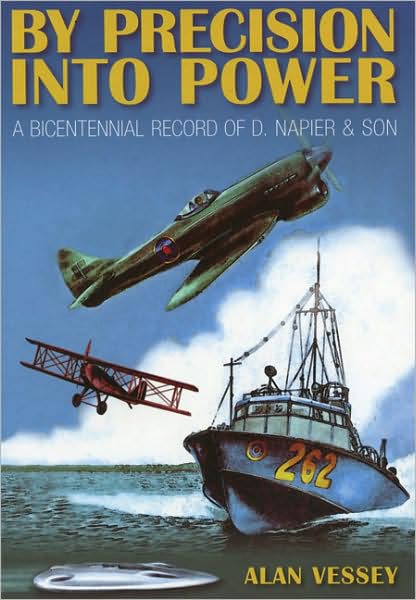
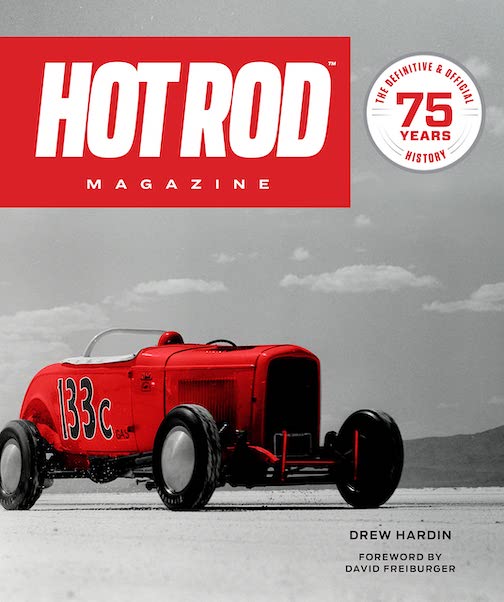

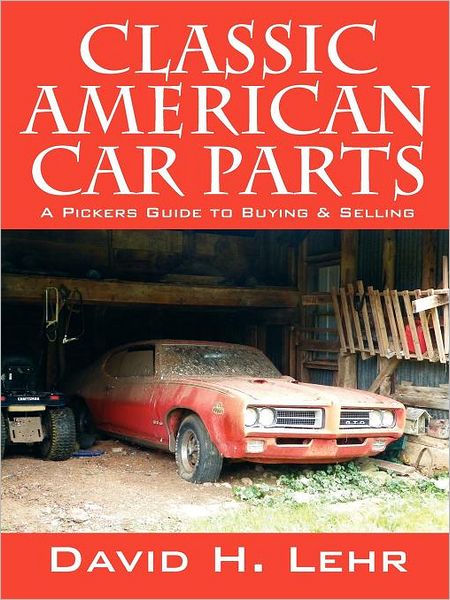
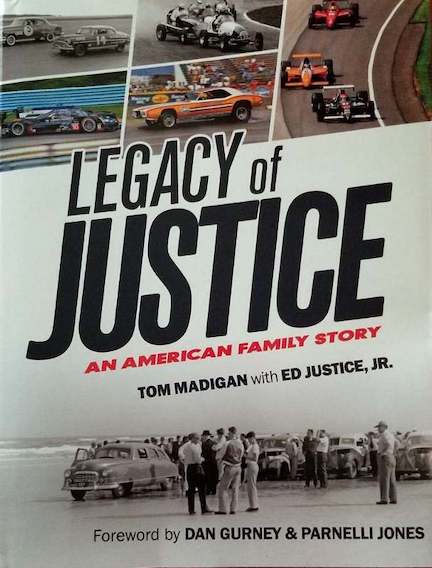


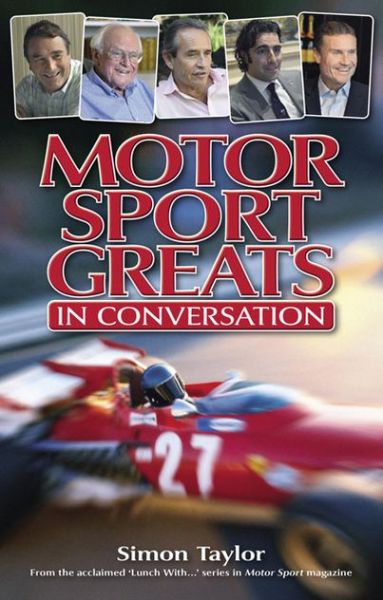
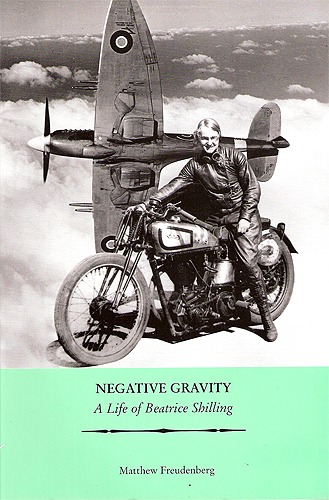
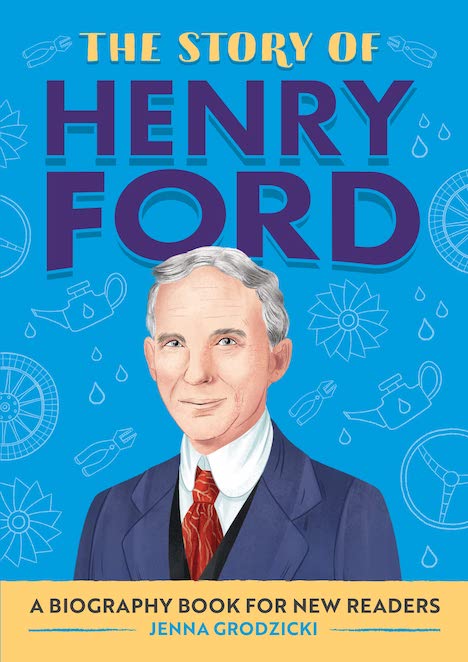
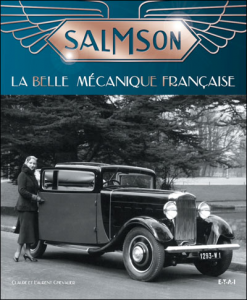
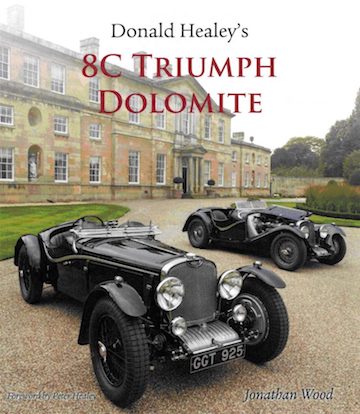

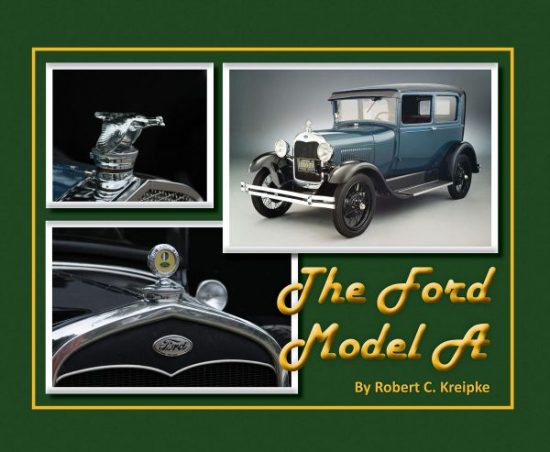
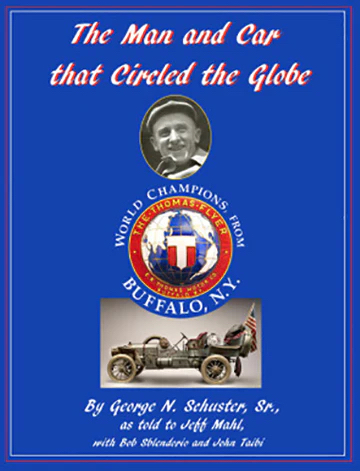
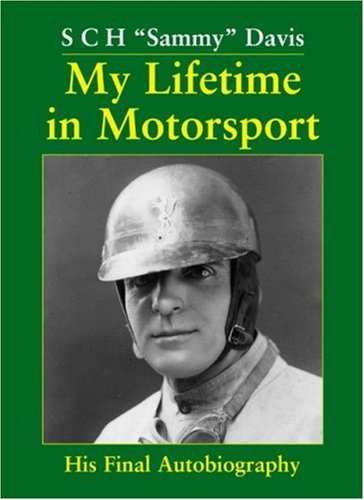
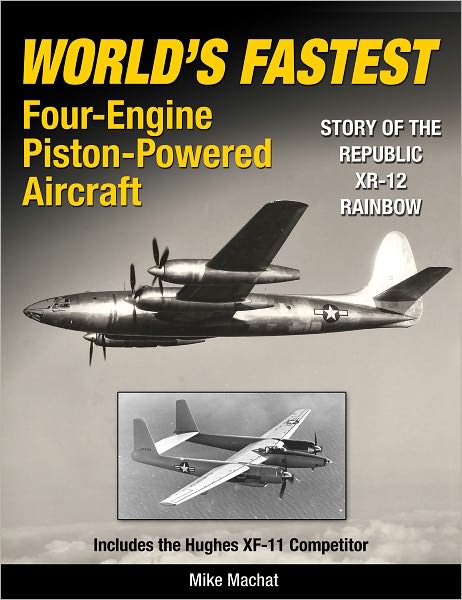

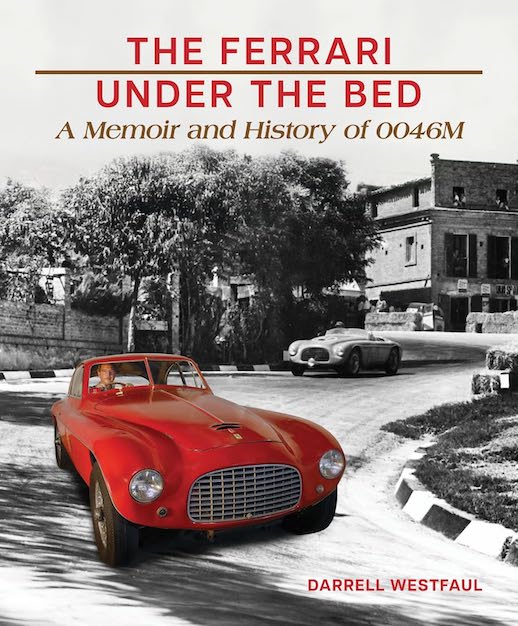

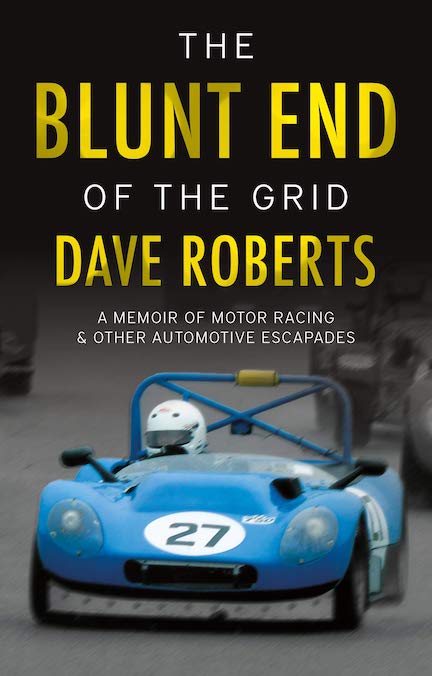

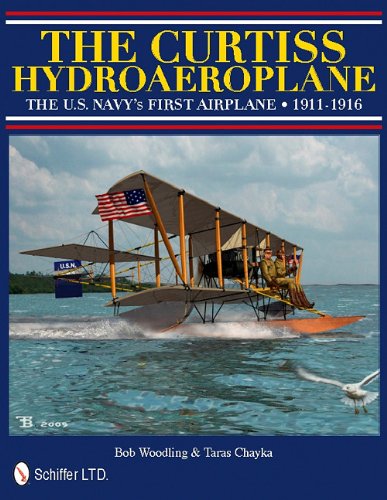
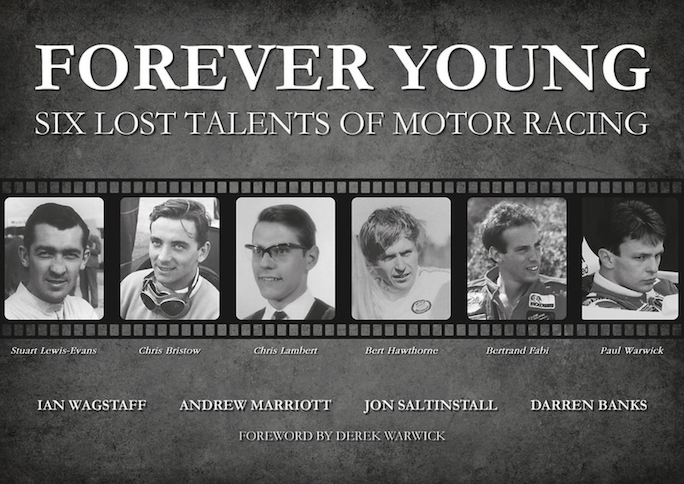
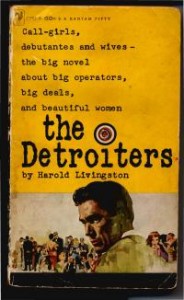
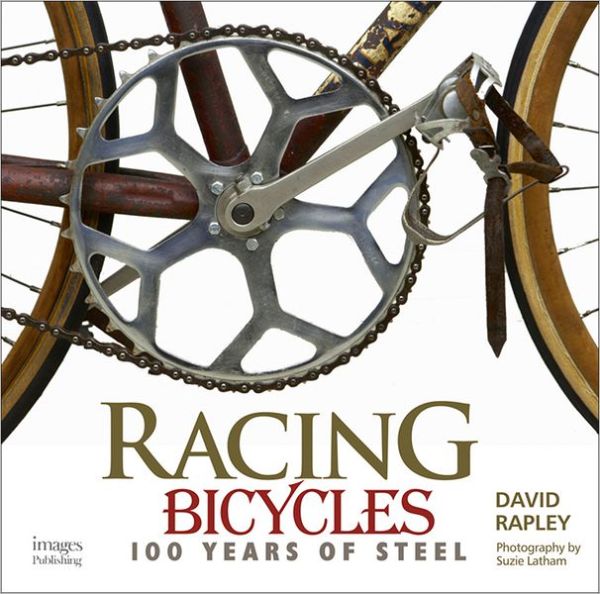
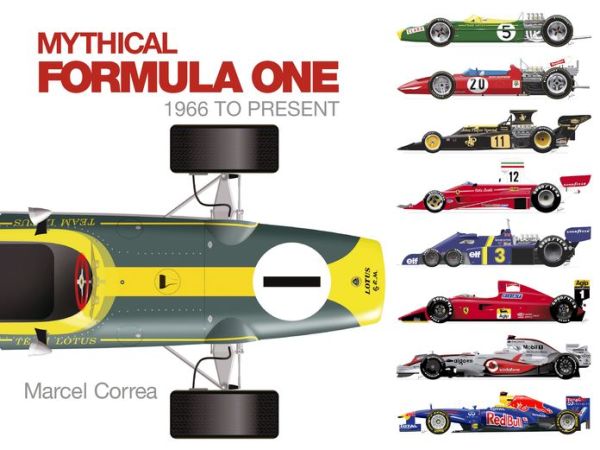
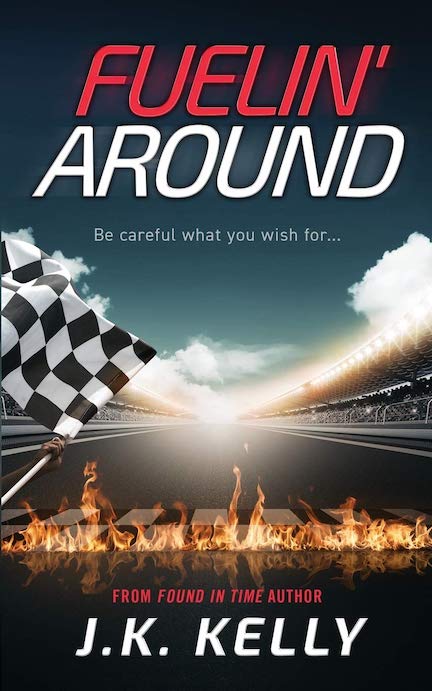
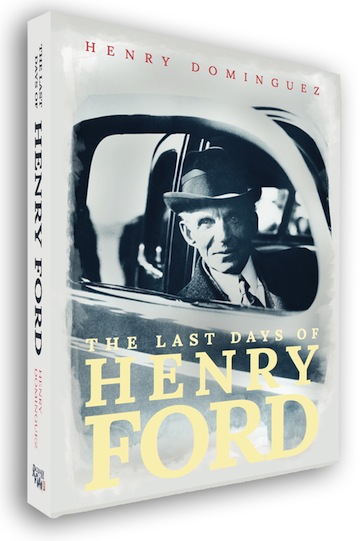


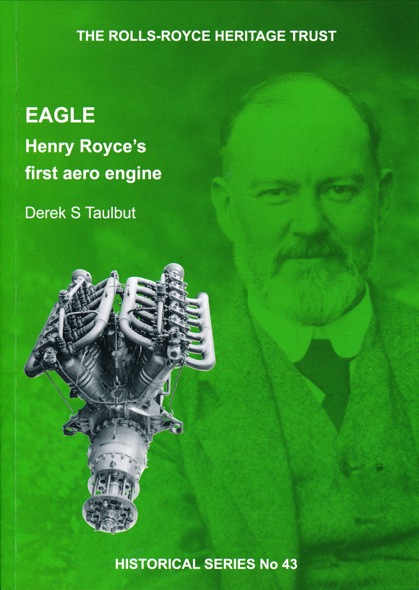


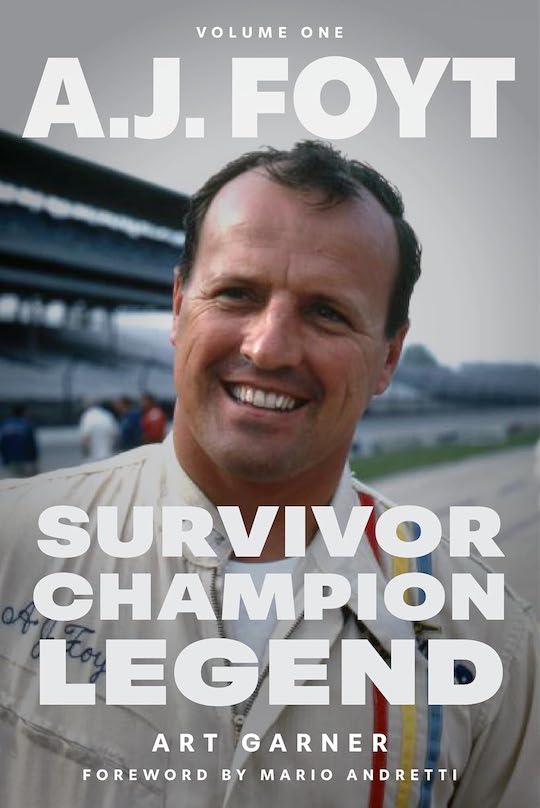

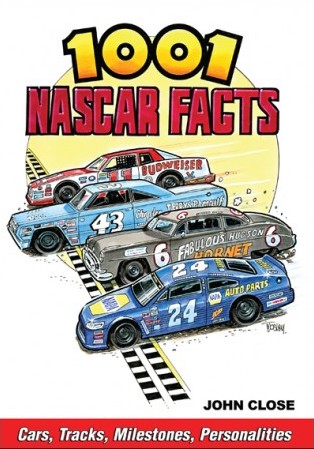
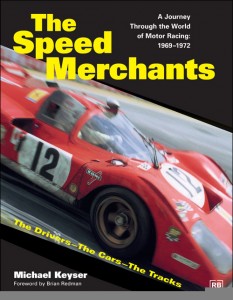
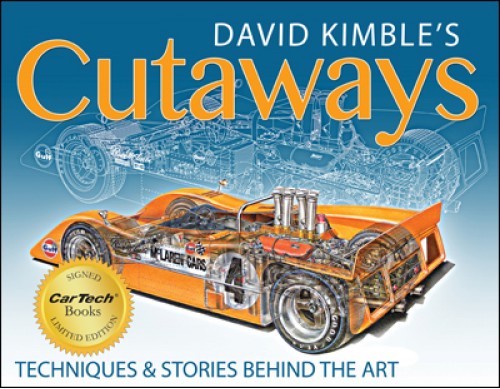

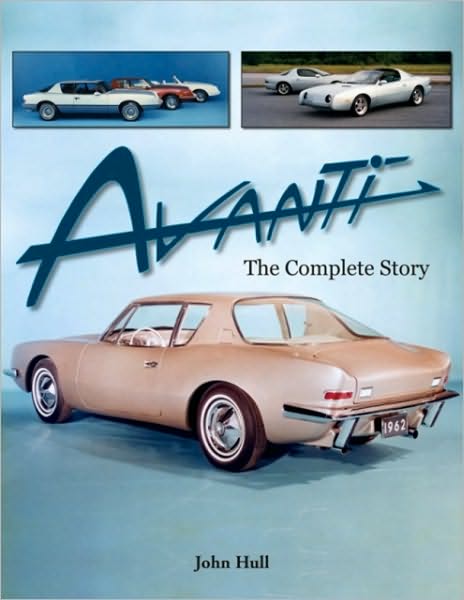
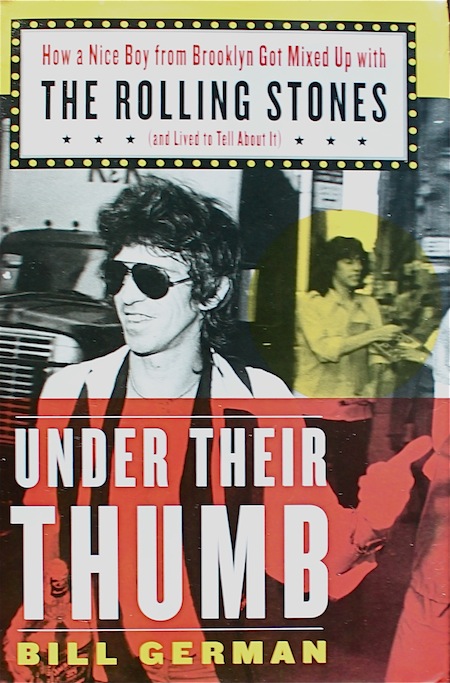
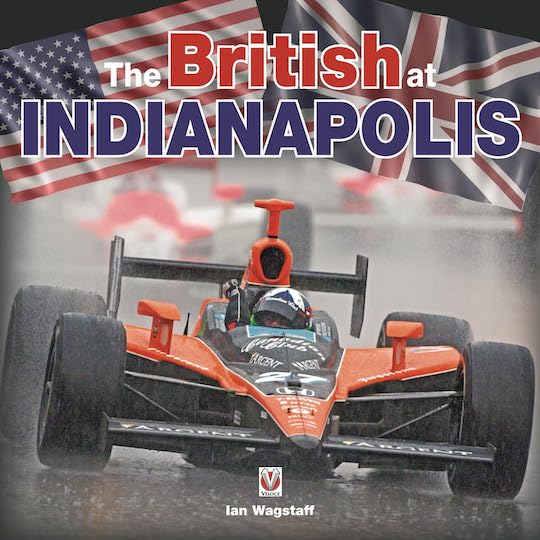


 Phone / Mail / Email
Phone / Mail / Email RSS Feed
RSS Feed Facebook
Facebook Twitter
Twitter